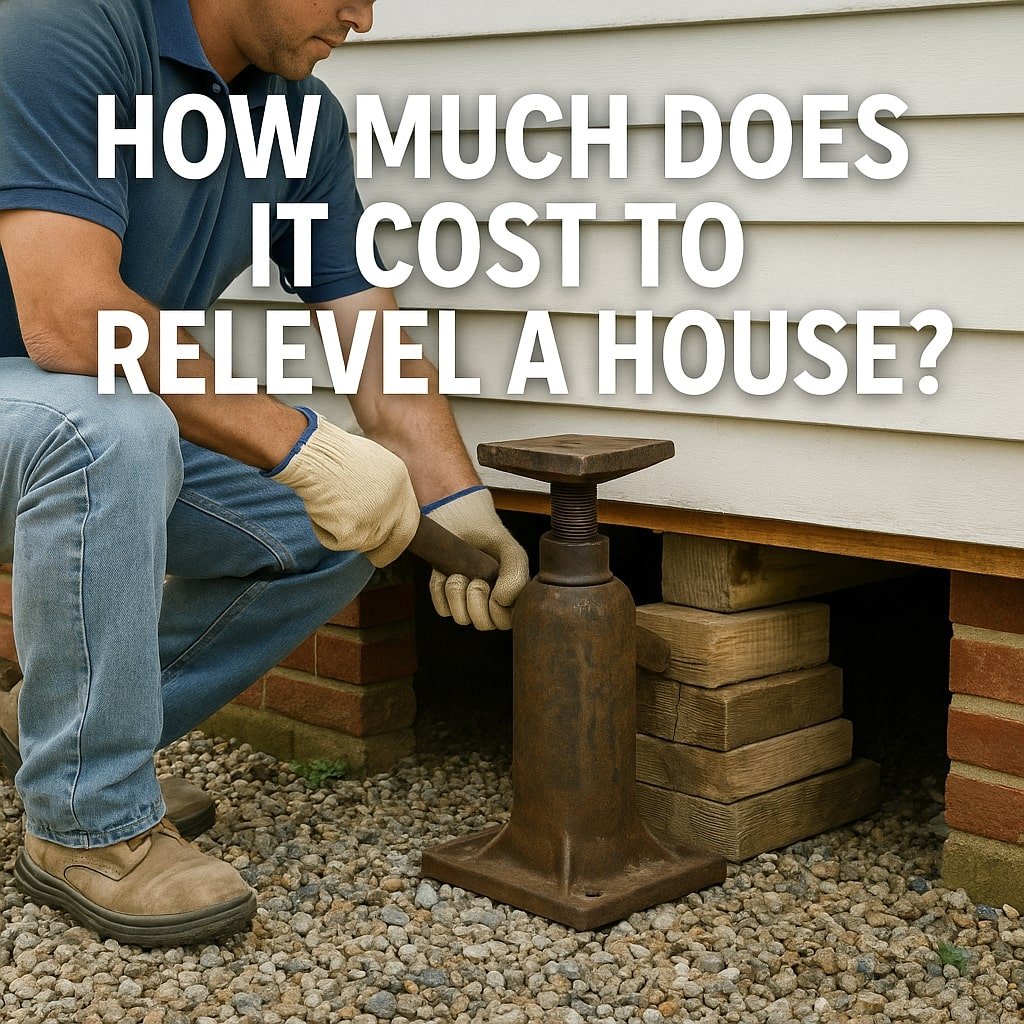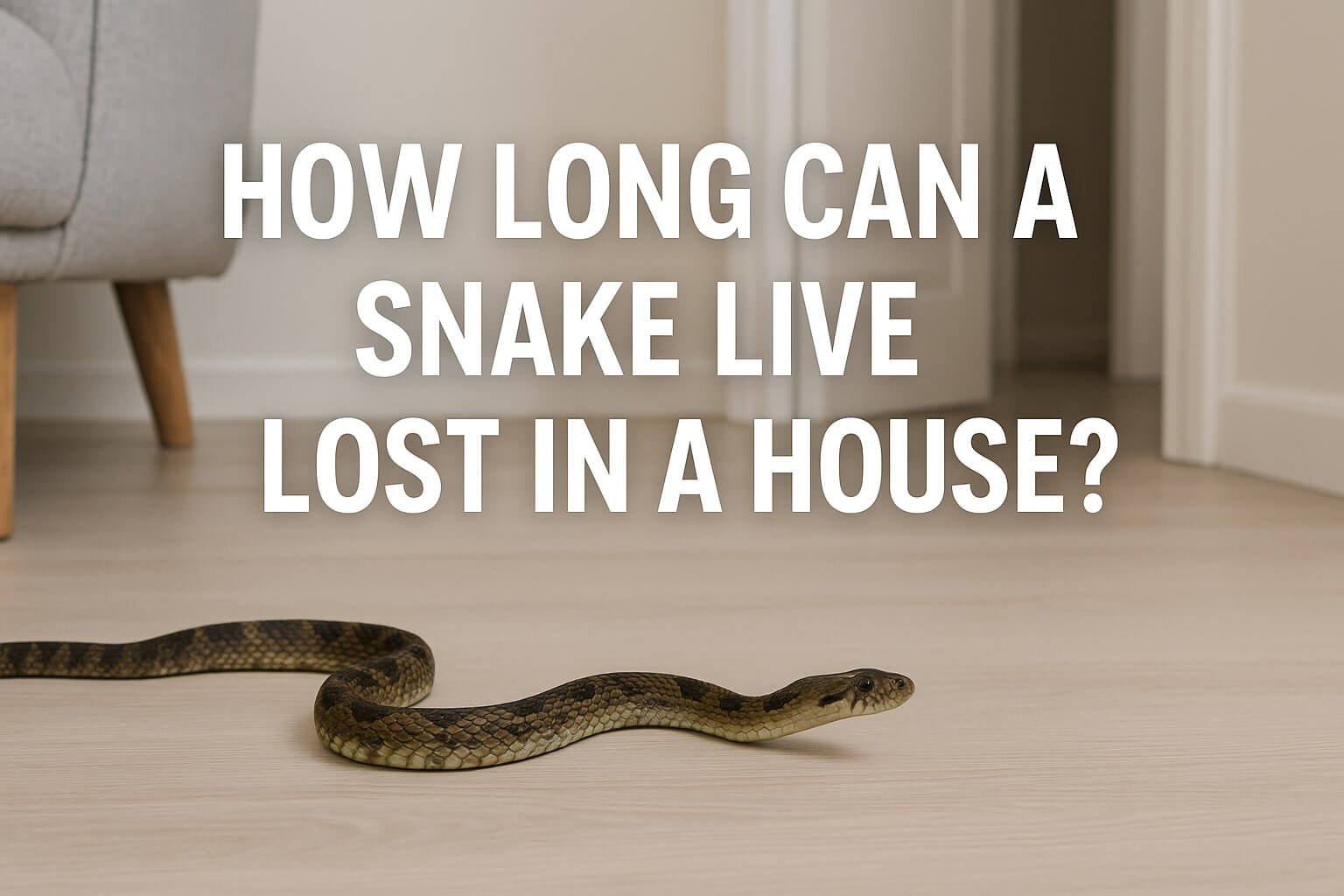Welcoming a puppy into your home is an exciting time, but it comes with its fair share of challenges, especially house training and teaching boundaries. One common training technique is keeping your puppy on a leash indoors. But how long should you keep your puppy on a leash in the house? This guide will explore the ideal duration, benefits, methods, and important considerations for this effective training strategy.
Why Keep a Puppy on a Leash Inside the House?
Using a leash indoors might seem strange at first, but it can be a powerful training tool. Here’s why many professional trainers recommend it:
- Establishes boundaries: Helps the puppy learn where they’re allowed to go.
- Promotes bonding: Keeps the puppy close to you, encouraging trust.
- Prevents accidents: You can quickly intervene if they’re about to potty inside or chew furniture.
- Improves focus: Reduces distractions during early training.
How Long to Keep Your Puppy on a Leash Indoors
1. During the First Few Weeks (8–16 weeks old)
Time: 1–4 hours a day (spread out)
- Keep your puppy on a leash when they are out of their crate and you’re not actively playing or training.
- It’s especially important during transitions (new home, guests, new rooms).
- Short sessions of 30–60 minutes are ideal, followed by rest or crate time.
2. Until House Training Is Reliable
Timeframe: 2–4 weeks or until zero indoor accidents for at least 1 week
- If your puppy is still having accidents, chewing furniture, or darting out of rooms, continue using the leash.
- Slowly increase their freedom as they show consistent behavior.
3. During Specific Situations
Use the leash temporarily during:
- Doorbell ringing or guests entering
- Mealtimes (to avoid begging or counter-surfing)
- Supervised play in new areas
Tips for Successfully Using a Leash Indoors
- Use a lightweight 4–6 ft leash: Avoid retractable ones indoors.
- Attach the leash to your belt: This is called “umbilical cord training.”
- Avoid pulling: Redirect with commands, not force.
- Keep sessions short: Mix free time, crate time, and leash time.
- Positive reinforcement: Reward calm behavior when on the leash.
When to Stop Using the Leash Indoors
You can stop using the indoor leash when:
- Your puppy consistently goes potty outside.
- They don’t chew furniture or get into trouble.
- They respond to basic commands like sit, stay, and come.
- They stay calm and follow you around without constant correction.
This usually happens between 16 to 20 weeks of age, depending on the breed and individual personality.
Common Mistakes to Avoid
- Leaving the leash on unsupervised: Can lead to tangling or injury.
- Using the leash for punishment: It should be a training aid, not a negative tool.
- Being inconsistent: Puppies thrive on routines—stick with it daily for best results.
- Rushing freedom: Grant more freedom only when they’ve earned it.
Benefits of Indoor Leash Training
Faster potty training
Improved listening skills
Stronger bond with the owner
Safer home environment
Easier transition to off-leash behavior later
Frequently Asked Questions (FAQs)
1. Is it cruel to keep a puppy on a leash in the house?
2. Can I keep my puppy on a leash all day indoors?
3. At what age should I stop using the leash indoors?
4. Should I use a harness or collar indoors?
5. My puppy cries on the leash—what should I do?
Final Thoughts
Keeping your puppy on a leash in the house is a temporary yet powerful method to speed up training and ensure a safer, calmer home environment. The key is consistency, patience, and positive reinforcement. With the right approach, you’ll raise a well-mannered pup who learns quickly and grows into a confident adult dog.




